Aurora Borealis, taken on 1 January 2022 in Kirkenes, Norway.
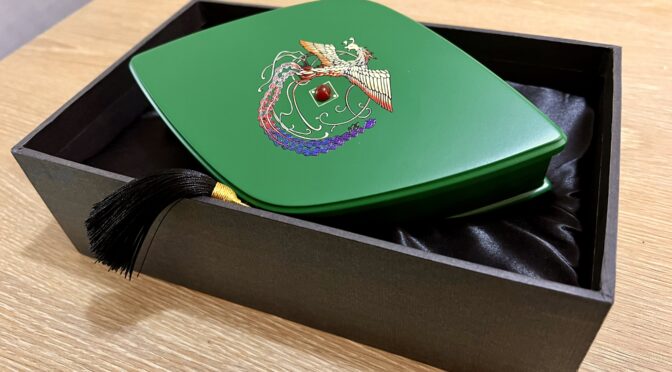
Aurora Borealis, taken on 1 January 2022 in Kirkenes, Norway.






This month marks Sony’s annual Days of Play sale, and I’m seeing lots of European digital PS5 owners expressing disappointment at the small discounts on offer. Demon’s Souls, a remake that’s now six months old? £60.89. Bargain.
But I have to ask. What did you expect?
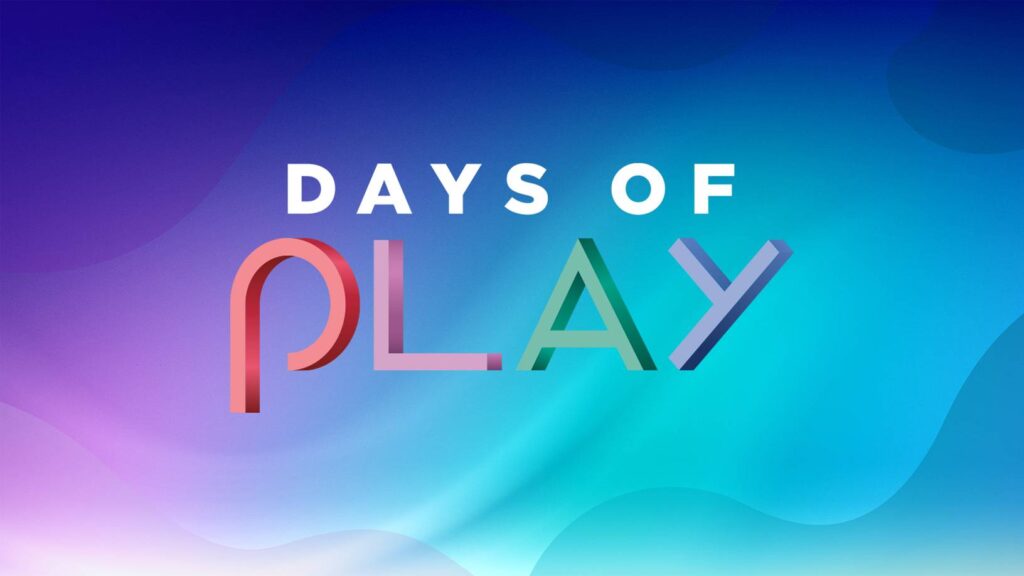
This isn’t America, where there’s borderline price-fixing on retail game releases. The benefits of convenience are slightly more understandable when you’re paying $70 no matter where you buy.
Here, in Europe, we have actual competition on pricing, which means physical games are almost always cheaper and drop dramatically much faster. It’s been the case for years, going back to annual price wars in supermarkets over each year’s FIFA or Call of Duty selling the games for below cost.
I remember it being cheaper for us to load up the Video Game Centre with copies of Grand Theft Auto IV from Asda than to buy them from the distributor.
And as a result, digital buyers are paying a premium for what? The convenience of not having to swap discs? Great. I’ll suffer the walk to the shelf and keep the option to sell a game if it turns out to be shit, thanks.
I always assumed it was some deal to keep the retailers sweet by not undercutting them. But now that Sony and Microsoft both sell systems without disc drives and I think it unlikely that the next generation will have discs as an option at all, we’re seeing that, with much of their install base over a barrel and so even less incentive to discount, they won’t.
I’m trying to think of another entertainment industry where the platform holders have pushed to digital and no only blatantly just pocketed the savings on manufacturing, distribution and retailers’ margins but actually increased prices. And it boggles my mind that so many people defend it.
I have almost all modern music, including all the new releases, at the tip of my finger for £9.99 a month. Thousands of movies to stream for a similar cost, and digital 4K versions routinely on sale for under a tenner. Games, though? £70 for Returnal. Good luck with that.
Something has to change. Hopefully, Microsoft’s Game Pass is showing the way of the future, because £70 a game with no demo and no returns isn’t it.
Meanwhile, I just got physical copies of Ghost of Tsushima and The Last of Us Part II for less than the digital version of Tsushima alone. I’m buying physical games as long as the option exists.
While many complain about the dearth of PS5 software – not sure what they expected, given the way new consoles work – I’ve been using mine to partake of some of the best games of the last few years, many of which I skipped due to indifference or poor performance on my launch PS4.
Ratchet & Clank was OK (and free!), Titanfall 2 was superb (also free!), and now I come to another Respawn Entertainment game: the awkwardly punctuated Star Wars Jedi: Fallen Order.
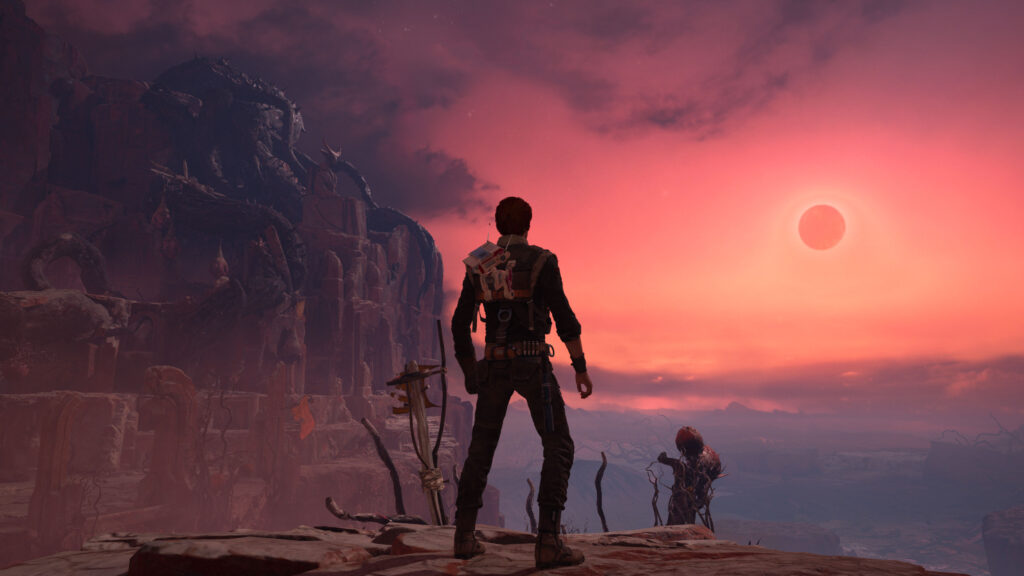
Fallen Order barely has an original bone in its body. The developers have borrowed freely from Metroid, Uncharted and the Souls series in particular – all classics, to be sure, but if originality is important to you, there’s not much of it here. Even Force powers don’t really do much more than The Force Unleashed did years ago, or any more recent action games with telekinetic heroes.
But, frankly, I’ve always been enough of a Star Wars fan that ‘something good but now it’s in the Star Wars universe’ is a winning formula for me, and none more so here. If I’m going to occasionally get spanked by random mooks, better a Scout Trooper or Nightbrother than some skeleton, I say. Mercifully, bonfires meditation circles are more liberally distributed here, though.
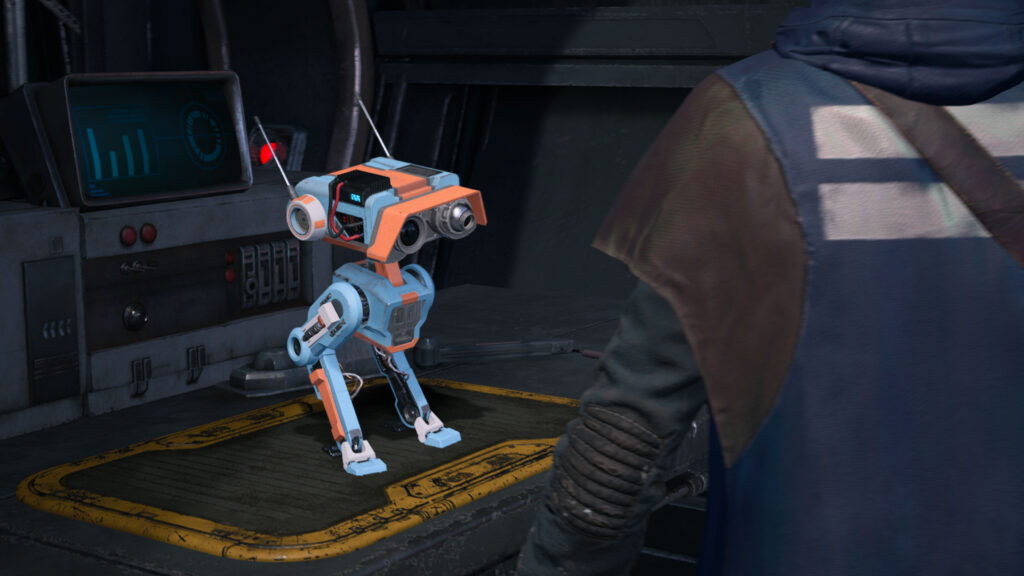
And think about those climbing sequences in Uncharted, but now it’s a crashed Venator-class Star Destroyer, and being spotted devolves into actually enjoyable combat rather than a Naughty Dog gunfight. There’s even that Shadow of the Colossus boss where you climb up his beard, only now for some reason it’s an AT-AT.
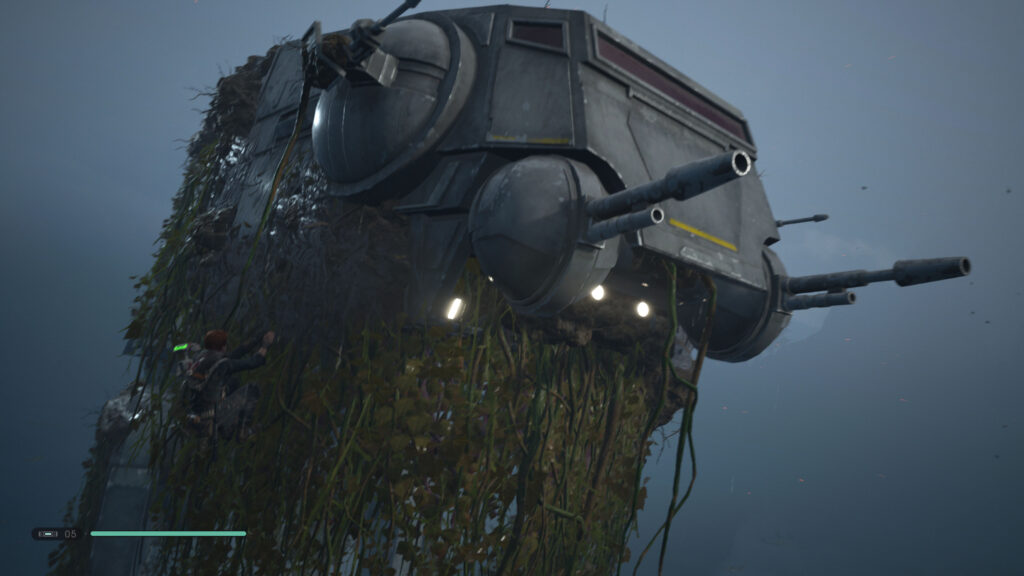
And you know how netting new abilities in Metroid unlocks new areas in previously explored zones? This does that, but new Force abilities are accompanied by flashbacks to Jedi training.
Plenty of Star Wars fan service, too, though not obnoxiously so. You get to play through a formative moment in Cal’s past and Star Wars lore, and it follows Rogue One and Rebels in its brilliantly terrifying treatment of an iconic villain. It even confirms a fan theory that links The Clone Wars and The Force Awakens.
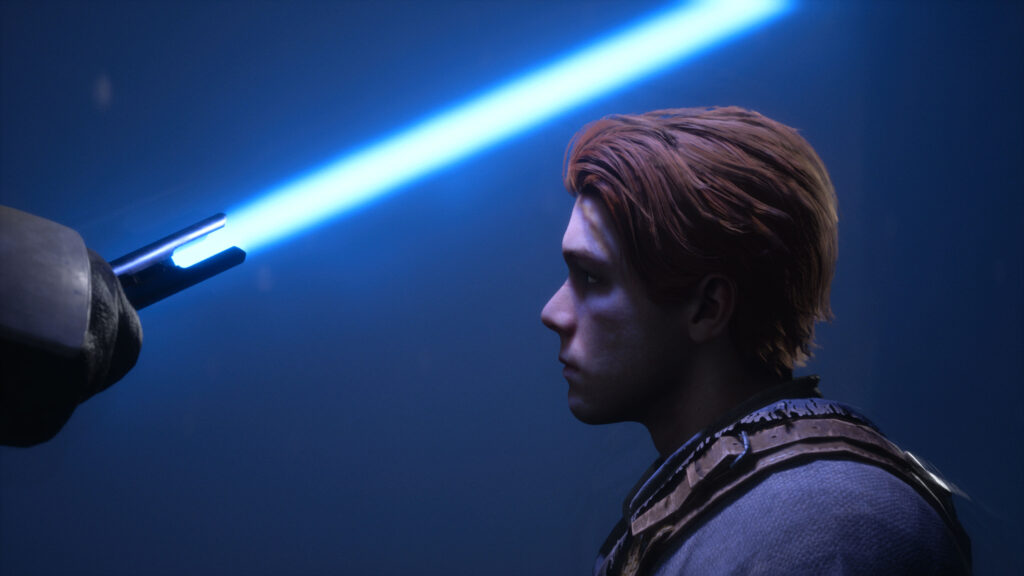
Nostalgia isn’t all it has to lean on, though – which, frankly, is more than can be said about a lot of post-Disney Star Wars. All of these pilfered ideas are executed with quality and the same eye for the cinematic that made Titanfall 2’s campaign so impressive.
There’s a next-gen update for Fallen Order coming in June, so if you’ve so far missed out and are desperate for something to play on that new hardware, it gets my hearty recommendation.
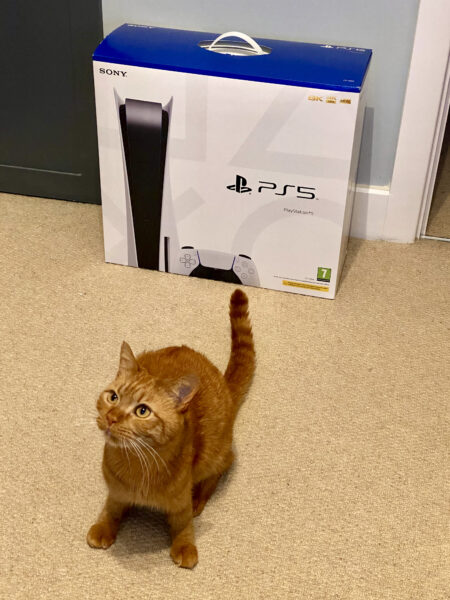
I’ve been buying most consoles at launch since the N64, when Nintendo brought its console to these shores with an initial shipment of only 20,000 machines, and I was able to walk into an independent retailer (remember those?) on a random Saturday a couple of months before launch and put my name down.
An optimist can take the current absurd difficulties in getting hold of a PS5, now three months after launch, as evidence of how the industry has grown since then, but I’ve never seen anything like this. Even the absurdities of the PS2 hype cycle didn’t feel this bad.
The truth is almost certainly a perfect storm of factors causing shortages and supercharging demand. It’s a pandemic, so people are stuck at home and looking for new toys. Also, it’s a pandemic, so manufacturing and logistics have been severely affected. Furthermore, it’s a pandemic, and chip shortages are affecting everything from GPUs to in-car entertainment systems, and no doubt consoles as well.
And, notoriously, this particularly high demand means scalpers abound, and this time more than ever they’re packing bots that can seemingly order dozens of machines while mere humans are still loading the page.
I actually skipped out on the launches of the new consoles this generation, mainly due to being in the middle of moving house and so occasionally having less than no money. I rather naively expected to be able to waltz onto Amazon come February or March and be able to grab one whenever.
This proved optimistic.
I’d followed a number of Twitter accounts and Discord servers that shared intelligence on incoming shipments, and eventually managed to purchase one from Game. I missed out in the initial wave, but grabbed one in the third of the day, after they’ve filtered out the bots and repeat buyers.
But then, an hour and a half later, this same system filtered me out and they cancelled my order. That or, I suspect, they simply oversold their stock.
A couple of days later I managed to get an order in with Very. Unlike Game, Very charged me, so I thought I was safe. But then, like Game, Very cancelled my order. They held onto my money for an expensive PS5 bundle for almost a week after that so yeah, I’ll be avoiding Very in future.
At this point, I was increasingly despondent and even chanced a couple of eBay bids as the average selling price – currently about £200 above RRP – approached what I was willing to pay.
But then, last week, I happened to be looking at my phone when this tweet pinged a notification.
Some of the prominent alert services missed this one, so on the off chance, I checked Smyths’ disc consoles as well. They were in stock and I ordered one without trouble. It was such a low-key drop that people on Discord were questioning whether it even happened.
In other words, I love Smyths now. I’ve always liked them in the absence of Toys R Us and for their convenient location in Bournemouth, but my feelings are now more romantic in nature.
The PS5 is lovely. Not to look at – it’s an ugly abomination – but in its performance and the visuals it can put out. My launch PS4 has not kept pace with the ambitions of developers nor modern TVs, meaning anything recent on my 65″ OLED runs like a PowerPoint presentation on a hazy day, with the audio accompaniment of a jet engine.
This one, though? I’ve never seen such pristine image quality. Close-ups in Spider-Man: Miles Morales look absolutely flawless, with no aliasing, shimmering or any undesirable artefacts like that, and all in 4K, HDR, 60 frames per second. With ray-traced reflections in people’s eyes.
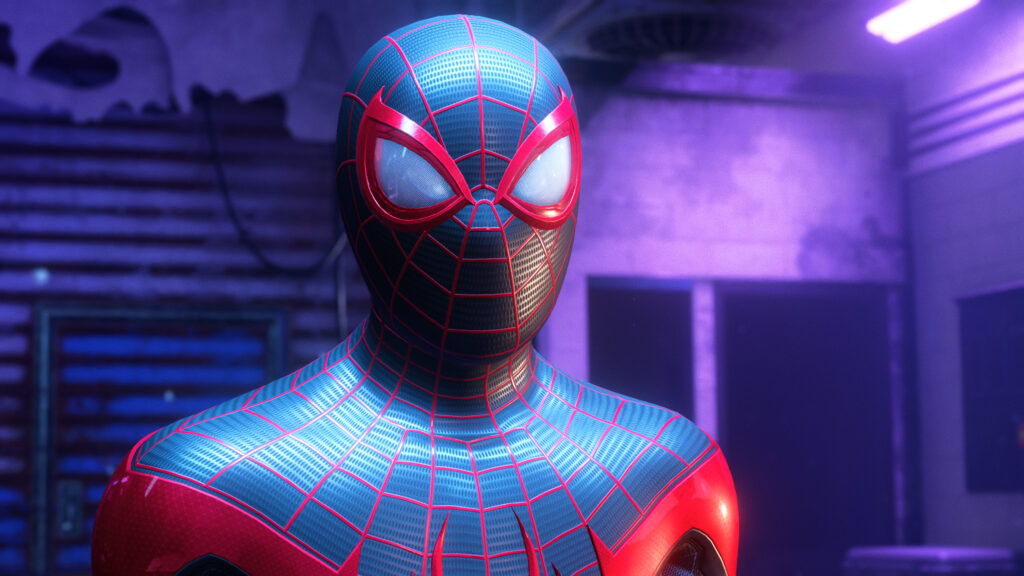
It’s astonishing – certainly the most impressive generational leap in a while, assuming you have the TV to get the most out of it.
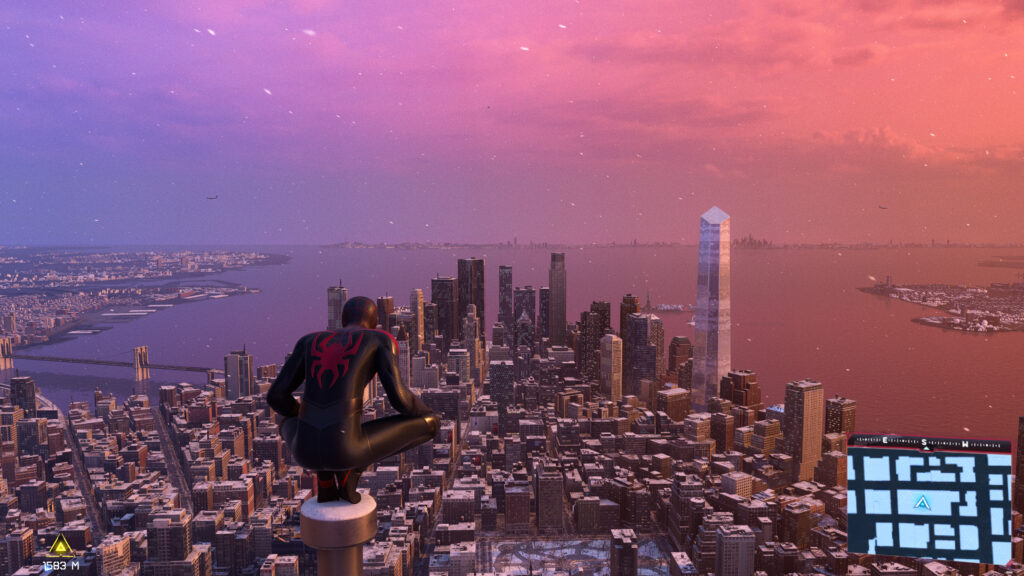
Those screenshots are 15MB each in full quality PNG, incidentally 😬
It’s early days on this generation, though, and it’s looking like COVID-related developments will have taken a belated toll on numerous 2021 releases – Gran Turismo 7 has slipped in the last few days and rumours are swirling around Horizon: Forbidden West – so that post-launch lean period could be longer than usual.
At least I’ve got all those PS4 games that I’ve stopped playing in the last couple of years because they ran like arse. Like Shenmue III… 🤔
As with many of us, COVID-19 has given me an abundance of free time, and I’ve been using it to do something I’ve tried and failed to do numerous times over the years: to teach myself to code.
I can remember going straight from devouring HTML For Dummies and using it to build the Shenmue Fan Site, circa 1998, to C For Dummies – how different could they be? The realisation of those surefire smash hit game ideas I’d sent to my favourite developers as a kid was imminent.
That plan lasted all of an evening. HTML and C are quite different, as it turns out.
Since then JavaScript, PHP, more attempts at C, Python and Swift have fallen by the wayside. Books, PDFs, online tutorials, and even children’s learning resources clutter my hard drive. I’d done enough to understand the fundamentals but have always failed to find the time or impetus to make it stick.
So, in the early days of lockdown, when I was climbing the walls with boredom, I had a go with Swift Playgrounds, which has recently made its way to macOS from the iPad. It’s designed for kids, but I found myself sitting up late, replaying levels and trying to craft more efficient solutions or get my head around the logic.
At a certain point, though, it seemed like a waste to be putting so much effort into a kids’ game, when I could be learning the real thing. I had time with a three-week furlough coming up, so I set a lockdown resolution: I will learn to code.
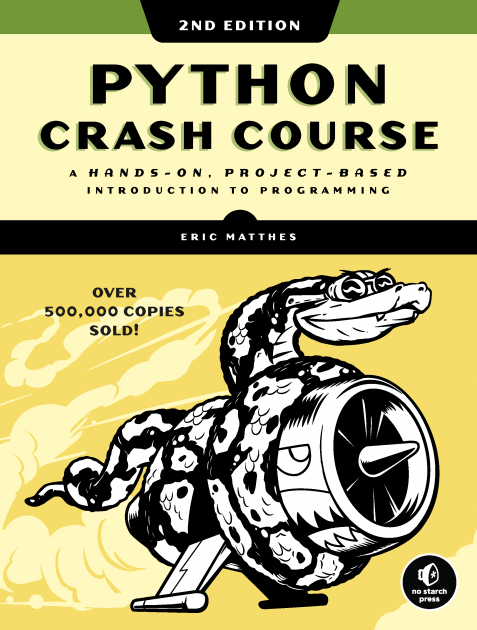
The book that finally cracked it for me was Python Crash Course by Eric Matthes, which I got in a Humble Bundle and, at the time of writing, is once again available there. Python is a popular choice as a first programming language and it gets a thumbs-up from me – it’s quite straightforward, and an interpreted language is more friendly when you’re making those beginner’s mistakes.
What’s more, Python is the de facto programming language of the Raspberry Pi if you want to get into hardware projects and is a big player in proper fields like machine learning too.
Anyway, like most coding books, it takes you through the principles of programming chapter-by-chapter, then into several larger projects that apply your new knowledge into crafting actual useful software. Get that far and the sense of achievement when hours of work takes you from a blank text file to an actual playable game – the first I’ve written in 30-odd years of merely playing them – is something else.
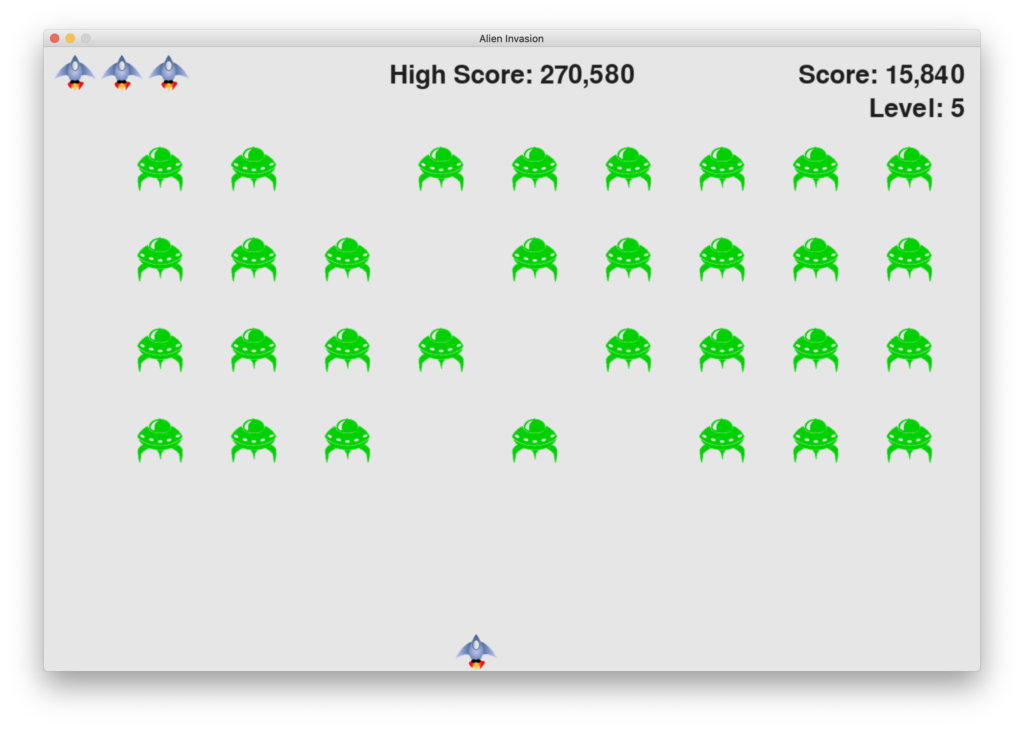
I wrote that! So will anyone else who works through that book, admittedly, but I’ve carried on working on it until my version has music and sound effects, and I replaced the single, ephemeral high score with a persistent top 10 leaderboard. Even writing the lion’s share of the game’s functionality parrot-fashion has taught me so much about the inner workings of how a game is structured.
A project like this, which will give you a useful skill and a sense of achievement, is what everyone needs in these strange times. I’m now confident enough to try putting together a few software ideas that have been rattling around in my head for a while, I’m dabbling in more applied Python books, and I’ve got my eye on finally cracking C this time.
Stay safe, and take advantage of lockdown while you’ve got it.
As what has been a rather shitty status quo continues to get worse, I didn’t feel like the big new releases in Doom Eternal or the Resident Evil 3 remake were the appropriate antidotes. Instead, I’ve been relying on a little glimmer of light that’s been occupying my Switch since “social distancing” entered the vernacular: Grandia HD Collection.
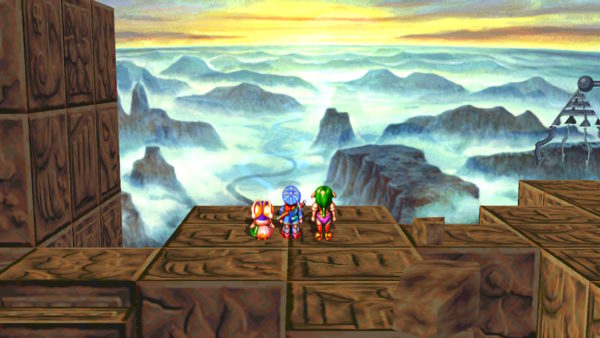
The first game’s relentlessly optimistic adventure makes it perfect for these bleak times. It was something of a throwback even at release, with its Saturday morning cartoon storyline and colourful, sprite-based characters bucking the trend of dark and gritty post-FFVII RPGs. There are no brooding antagonists and tortured antiheroes – the main character is a young boy, the son of an adventurer and a pirate because why not, intent on making his name as a first-class adventurer by exploring uncharted continents and discovering ancient civilisations with his friends. There’s a militaristic empire on the party’s heels, of course, but it wouldn’t be a Saturday morning cartoon without its Cobra.
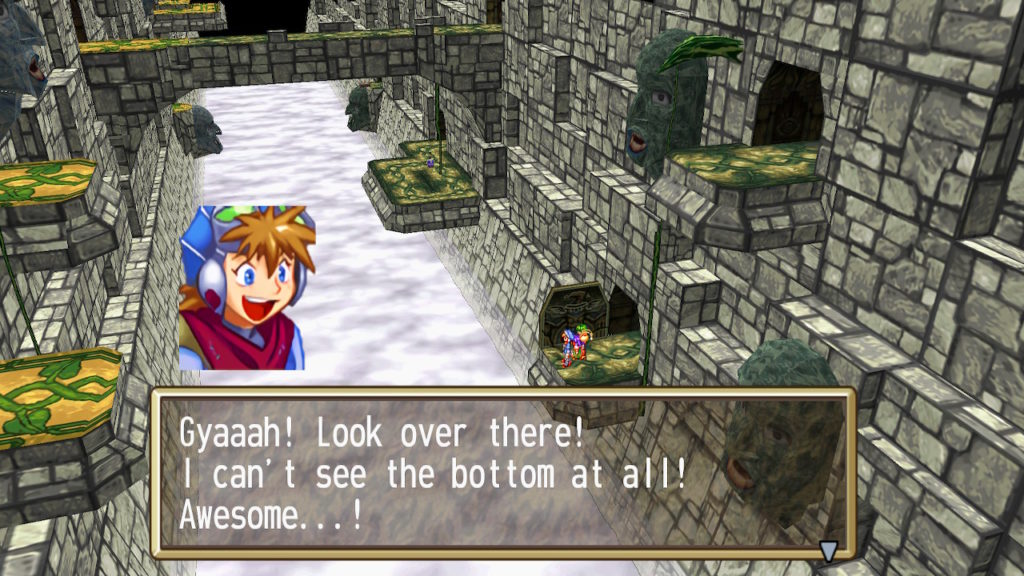
It’s a perfectly upbeat change of pace. Not overly challenging, with no esoteric systems to potentially snooker you later on. And it has what remains my favourite RPG battle system ever designed – a perfect mix of turn-based, active time and the spatial awareness of real-time combat that seems simple and yet, once mastered, rewards flawless victories with this soaring, gloriously of-its-time riff. I’ve spent most of my time with the game with a smile on my face. It’s a proper warm blanket of a game.
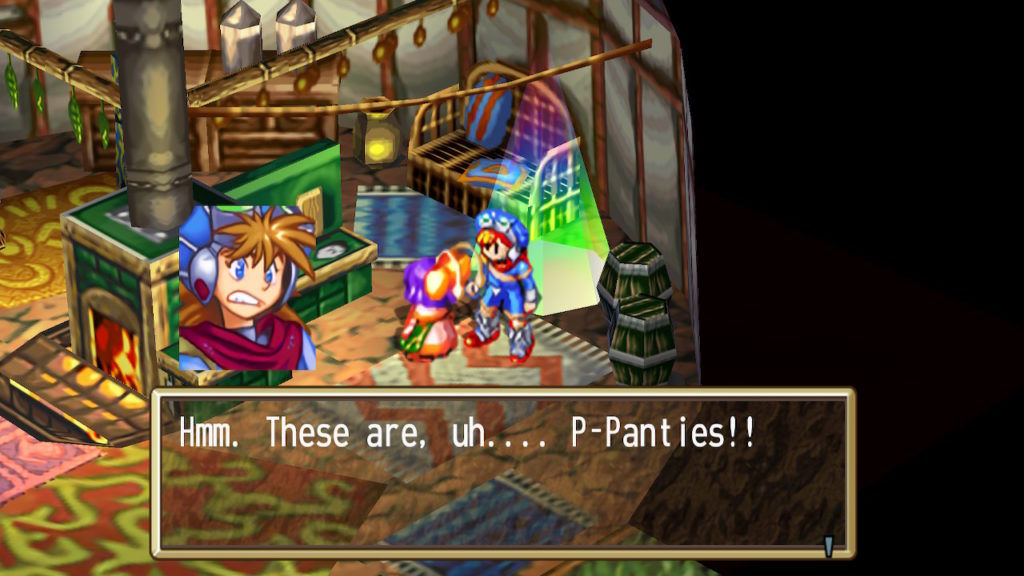
The HD collection also contains Grandia II, which is still a great game with Dreamcast era 3D graphics that upscale better than Grandia’s sprites – my one complaint about the first game’s remaster is the smeared filtering job on the sprites, which is bearable on the Switch’s screen but looks worse the bigger your display gets. But the sequel comes with a touch of post-FFVII brooding that I can’t bring myself to like as much. Think of it as a nice freebie, with the first game as the real reason to buy this collection.